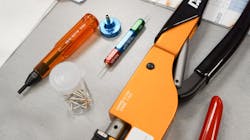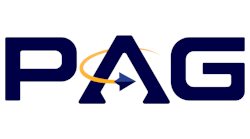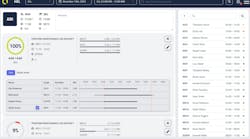An aircraft maintenance technician (AMT) needs to be proficient in many areas, including knowledge of the tools they use.
This area can sometimes be overlooked, but it is extremely critical that AMTs demonstrate proficiency from their first day on the job. That’s because tooling has become much more complex than those of past generations. Aircraft tools today have tremendous capabilities and are engineered for very precise measurements and functions.
That’s where training comes in.
Tooling manufacturers have developed courses to train, evaluate and certify A&P students and professional technicians alike on specific tools critical to the aerospace industry. The goal is to create a uniform standard of training so everyone receives the same classroom and hands-on instruction. Students and AMTs who successfully pass these courses become certified on those tools. Aviation-specific certifications are available in:
· Precision electrical termination
· Structural sheetmetal assembly
· Precision measuring instruments
· Mechanical and electronic torque
· Multimeter
To help facilitate these certifications, tooling and equipment OEMs have partnered with the National Coalition of Certification Centers (NC3), a network of education providers and corporations that support advances and validate new and emerging technology skills within several industrial markets.
Certification courses are part of the curriculum in many colleges and tech schools that offer airframe and powerplant (A&P) programs. Tooling manufactures also work closely with NC3 to facilitate annual train the trainer courses, which in turn is a great way for those newly trained personnel to pass along proper instruction to students.
“Just having the tool is part of the equation; using it properly is where students really receive the payoff,” said Bill Randall, Strategic Account Manager, Daniels Manufacturing Corporation. “Technology behind tools and equipment right now is changing more than ever because the demand for high-tech equipment has led to more specialized tooling. The pliers and knife that your grandpa might have used to crimp wire doesn’t cut it anymore.”
Randall said just in the area of crimping, students need to know all the different types of crimps for specific aerospace applications, as well as a thorough understanding of connector contacts, terminals, splices, lugs and other components.
“Students and returning AMTs who complete these certification training courses are taught on the proper use of tools and equipment, and that’s a win-win for everyone in the aviation industry,” Randall said.




